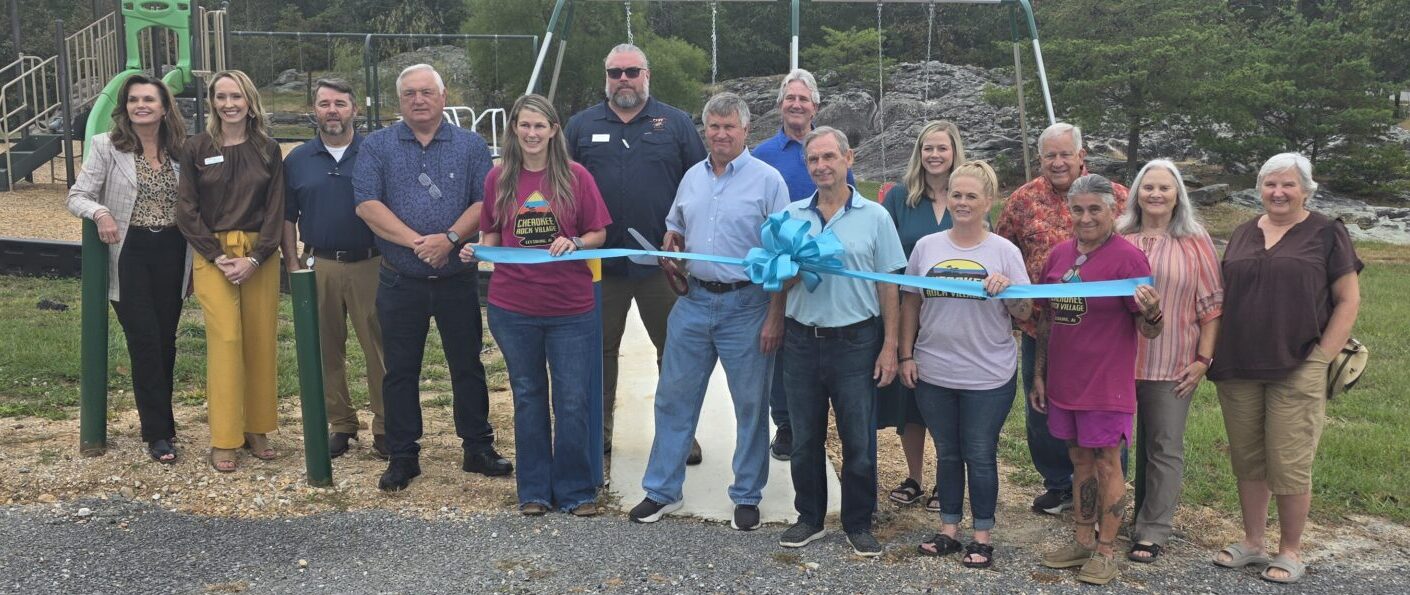
(WASHINGTON) — With just about a year out from the 2024 election, Republican and Democratic campaigns and candidates in several key states are courting Latinos, a growing group of voters, who could cast decisive votes in a number of races.
The Latino vote will be influential around the country as the number of eligible voters has swelled over the last five years, said Clarissa Martínez, vice president of the Latino vote initiative, Unidos.
“We are currently the second largest group in the United States in which nearly one of every five people in our country is Hispanic. And we look at that from different angles. Latinos are now the second largest group of voting-age Americans and are playing an increasingly important and defining role in our political landscape,” Martínez said.
About 34.5 million Hispanic Americans will be eligible to vote in the 2024 election, making Latinos “the fastest-growing racial and ethnic group in the U.S. electorate since the last midterm elections,” according to data from the Pew Research Center.
The number of Hispanic eligible voters has increased by 4.7 million since 2018, according to the Pew Research Center analysis.
“The growth is mostly fueled by a growing number of young Latinos turning 18 every year,” said Rodrigo Dominguez-Villegas, the director of research for the Latino Policy and Politics Institute at UCLA. “So in each of the next few years, over 1 million Latino citizens will turn 18 and this trend will continue after it peaks in 2025.”
Additional fuel is coming from younger Latinos who are getting politically involved, Dominguez-Villegas said.
Many of the issues Latino voters care about such as gun control and abortion access align with other Americans, Martínez said.
“A lot of big issues that are top of mind for Latinos are also very significant for many equally situated fellow Americans.”
Record Latino turnout in battleground states
Battleground states such as Nevada and Arizona are becoming hot beds for Latino voters, said Domingo Garcia, the president of the League of United Latin American Citizens Latinos (LULAC). There has been an increase in Latino voter participation and turnout in these states in past elections, Garcia said.
Latinos turned out in record numbers in the 2022 midterm elections, with more than 11.8 million Latinos casting votes from multiple states including Arizona, Nevada, New Jersey and North Carolina, according to the National Association of Latino Elected and Appointed Officials.
LULAC will be hitting the ground in battleground states to reach Latino voters directly, Garcia said. That includes voter registration efforts in Arizona, he added.
Although places with traditionally high Hispanic populations such as California, Texas and Florida are seen as key states for the Latino vote, states such as Nevada and Arizona are ones to keep an eye on in 2024, Martínez said.
“Traditionally I think people have looked at places like California or Texas or Florida where there are sizable Latino populations as perhaps the places where Latinos can be decisive in shaping our political landscape, but the reality is that in an environment of razor thin margins … it’s not just the states where there are huge Latino populations,” said Martínez.
“[The] reality is that we’re seeing Latinos in a variety of places … from East to West and North to South,” Martínez added.
Latinos’ concerns
The economy will be one of the most important issues for Latino voters in 2024, Garcia said.
“The No. 1 issue is the economy,” said Garcia. “Latinos are hurting with the price of gasoline, food and no increase in wages.”
Garcia also emphasized that the Latino vote is very diverse and that different issues motivate different Latinos based on where they live and their age.
“You have Latino Americans primarily from California, Texas and the Southwest [who] are very liberal to moderate on most social issues, and maybe conservative on some issues like the army, the police, religion,” he said.
“And then you have Latinos in Florida, a large Cuban-American community, that is very cognizant about communist dictatorships in Venezuela and Nicaragua and are typically more Republican because of other experiences,” Garcia added.
During the midterm elections, Pew Research Center data showed that while most Hispanic voters supported Democrats and helped the party maintain the Senate majority, there were higher levels of Republican support than in previous midterm elections.
“In November [2022], 60% of Hispanic voters cast ballots for Democrats compared with 39% who supported Republicans. This 21-point margin is smaller than in 2018, when 72% of Hispanic voters favored Democrats and 25% supported Republicans,” the Pew Research Center report said.
Because of this shift, Martínez said it is too early to tell how the majority of Hispanic voters will vote and added that both parties need to work to win Latino voters.
“On the Democratic side, you may have some advantage, but you need to do the work to seal the deal … and you need to talk more about economic issues,” Martínez said. “On the Republican side, you have opportunity, but you need to keep in mind that you’re radically out of step on some issues that are really important to this community.”
Candidates need to reach out and listen to Latino voters, Garcia said.
“We need to make sure that our voices are being heard,” Garcia said. “And that people are responding to either Democrats or Republicans.”
Copyright © 2023, ABC Audio. All rights reserved.




